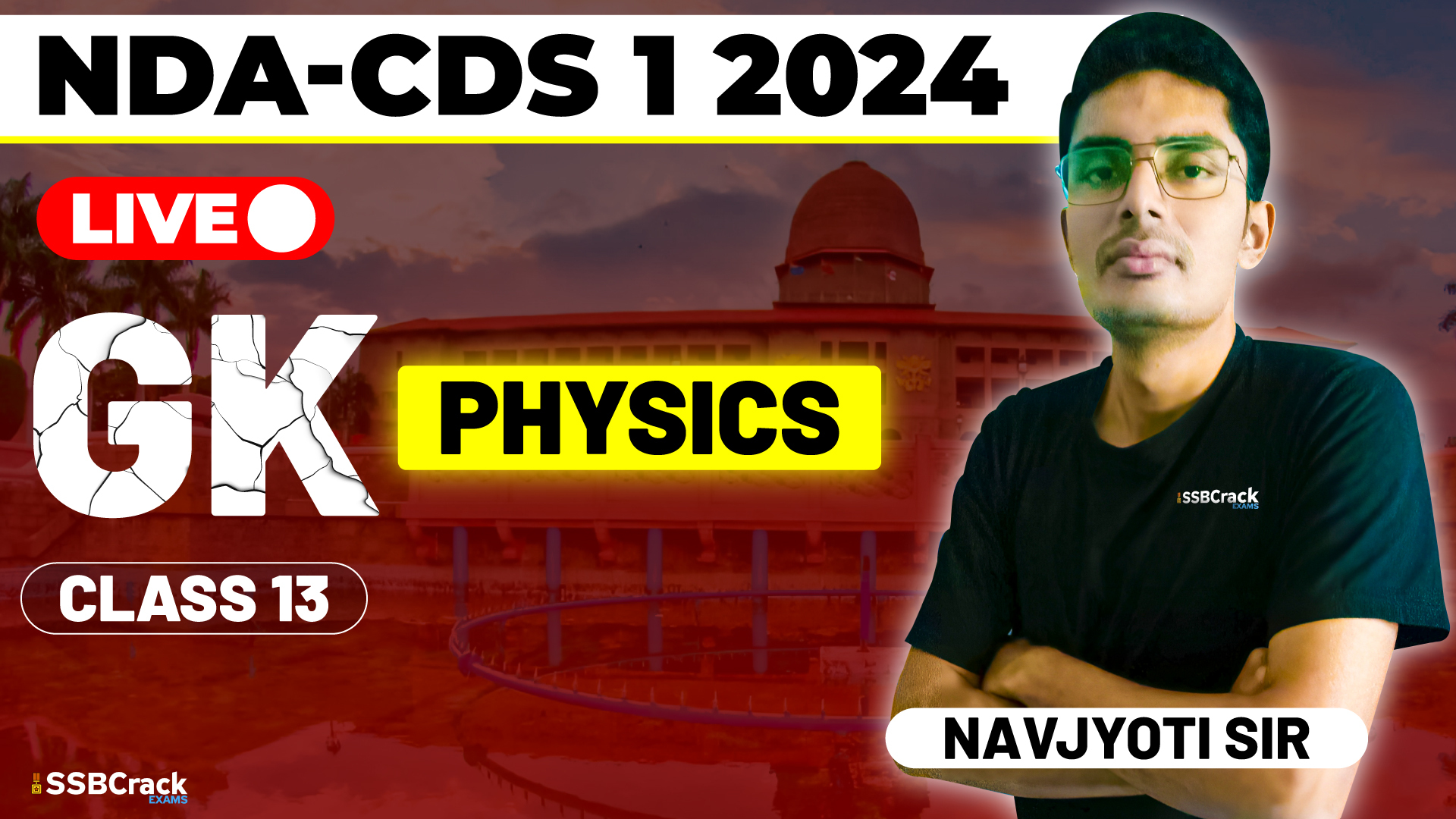In the pursuit of success in exams like the NDA & CDS 1 2024, a comprehensive understanding of physics is crucial. The GS Live Physics Class 12 emerged as a vital session, unraveling the intricacies of Heat Transfer and Atomic Nuclei. This article aims to illuminate the key insights from the class, focusing on essential concepts and significant questions related to Heat Transfer, Types of Heat Transfer, Calorimetry, Basics of Nuclear Fission and Fusion, and Mass-Energy Equivalence.
Heating Things Up: Heat Transfer
The GS Live Physics Class 12 commenced with an exploration of heat transfer, a fundamental concept in the study of thermodynamics. Participants were introduced to the understanding that heat is a form of energy that flows from a region of higher temperature to a region of lower temperature. The class delved into the mechanisms of heat transfer and their applications in various physical systems.
Classifying Heat Movements: Types of Heat Transfer
The discussion seamlessly transitioned into the types of heat transfer, outlining the three primary mechanisms: conduction, convection, and radiation. Participants gained insights into how conduction involves the transfer of heat through a material by direct molecular collision, convection involves the movement of heat through the bulk movement of fluids, and radiation involves the emission of electromagnetic waves. Real-world examples, such as a hot stove or the sun heating the Earth, illustrated these heat transfer mechanisms.
Quantifying Heat: Calorimetry
Building on the understanding of heat transfer, the class explored calorimetry, the science of measuring heat. Participants learned about calorimeters, devices designed to measure the heat gained or lost during physical and chemical processes. The class emphasized the principles of calorimetry in determining specific heat capacities and the heat involved in reactions.
Nuclear Insights: Basics about Nuclear Fission and Fusion
The GS Live Physics Class 12 unfolded the basics of nuclear fission and fusion, phenomena involving the splitting and combining of atomic nuclei, respectively. Participants gained insights into how nuclear fission releases energy by splitting large atomic nuclei into smaller fragments, while nuclear fusion releases energy by combining smaller atomic nuclei into larger ones. The class discussed the applications of these processes in nuclear power and the sun.
Mass-Energy Equivalence: Einstein’s Insight
The class delved into the concept of mass-energy equivalence, a groundbreaking idea introduced by Albert Einstein. Participants learned about the famous equation E=mc^2, where E represents energy, m represents mass, and c represents the speed of light. The class explained how this equation revolutionized the understanding of the interconversion of mass and energy, laying the foundation for advancements in nuclear physics.
Conclusion:
In conclusion, GS Live Physics Class 12 on heat transfer and atomic nuclei stands as an invaluable resource for NDA & CDS 1 2024 exam aspirants. By unraveling the intricacies of heat transfer mechanisms, calorimetry, nuclear fission, fusion, and mass-energy equivalence, the class laid a robust foundation in understanding the dynamics of energy exchange and nuclear processes. The addition of real-world examples, discussions on practical applications, and a problem-solving approach make this live class a crucial asset for those aspiring to excel in competitive exams.


















